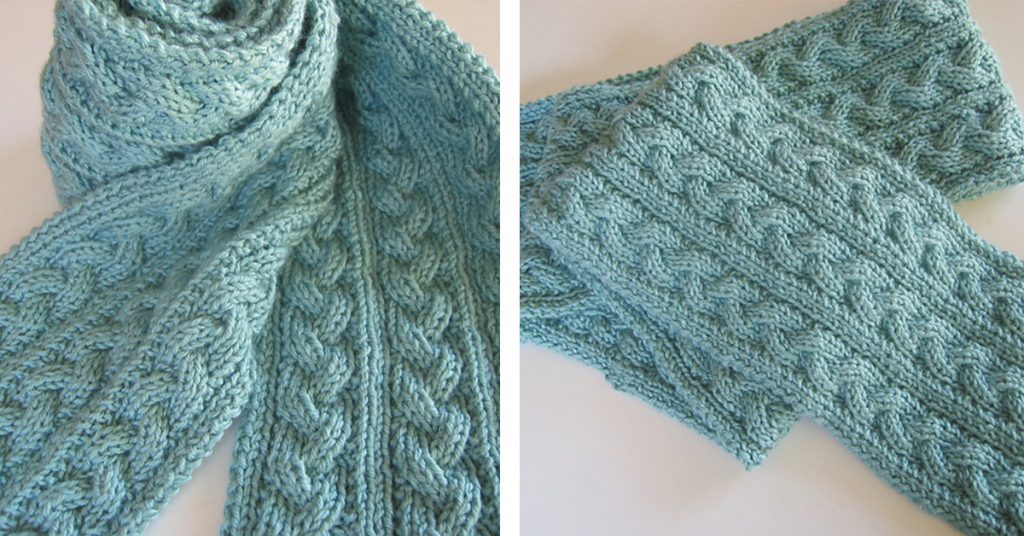
Craft organization is a vital part of being creative. Craft rooms need more than just a cabinet. There are many ways you can organize your craft area on a budget. Pegboards are a simple way to organize your craft room. Pegboards can be used to organize your crafting supplies and create a customized system. Pegboards are a great way to make sure you have easy access to all your supplies. Pegboards make it easy to identify the exact location of each item, which makes it much easier to find what your looking for.
Organising your craft space is not just about organizing a cabinet
Your craft room should be organized in a way that organizes your supplies, and not only in cabinets. Storage bins with labels are one way to accomplish this. These can be placed on a shelf or hung up on the wall. Use hooks to securely hold the bins to the wall. Every craft room requires a work table. You can make your work table more functional by adding storage. You can also install shelves, drawers and cabinets to make your workspace more organized.
You can organize your materials by using a bulletinboard. You can pin projects plans, color samples, as well as other important items to this bulletin board. If you're not working, the board can be closed to keep it neat or you can use it to search for an item. You can also use shelves as a storage solution for crafting materials. To ensure that you are able to quickly find what your looking for, make sure they are accessible.

A budget-friendly method to organize your craft area
An easy way to organize your crafting space is to keep it neat and organized. Although it might seem like a daunting task, there are many inexpensive ways to keep your craft room organized. One way to make sure your supplies are organized is to use plastic containers. Place your supplies in a convenient, easily-accessible place.
Another way to organize your craft supplies is to hang storage bins. To prevent items from falling out, these can be hung on the walls. Another great idea is adding storage underneath your work table. To increase functionality, cabinets, drawers or shelves can be installed.
Pegboards are a great way to organize your craft area
Pegboards will make organizer's dreams come true. They are also a great space-saver. Pegboards can be used for tools and supplies display, or you can customize them by adding shelving. Pegboards also come in frames which can be mounted to the wall.
It can be difficult organizing your craft area. It is important to identify what the main problem is with your current organization. If you like to create beautiful things, you can use color-coded pegboards to keep your sewing and crafting supplies in their designated color categories. This system can become more sophisticated as you add color and detail to your items.

Get organized in your craft room using rolling carts
Rolling storage carts can make organizing your craft space a difficult task. They allow you to store all of your craft supplies in one place and roll them to your craft table as needed. You can also store smaller craft items like glue sticks, pens, and pencils with a cart.
These carts come with storage drawers and are very sturdy. They are equipped with 4 locking casters. Each drawer measures 9.5 inches wide by 12.5" long. Drawers measure 2.6 inches in depth.
FAQ
What are some good hobbies?
Hobby Ideas for People who Love to Learn and Teach Others.
Hobbies allow you to enjoy what you love while also learning new things.
There are many kinds of hobbies. However, all have the same characteristics. These hobbies are often enjoyable and require minimal effort.
They often involve helping others, such as teaching an instrument to someone or building an airplane model.
Even though you might not think of yourself to be a teacher or a tutor, chances are there are things you can do that could help someone else.
So if you want to be more creative in your life, consider starting a hobby where you can use your skills to help others.
What is a collection hobby?
Books, movies, music and comics are the most popular collections.
You can also collect anything from stamps to coins to cars to dolls to action figures to model kits to figurines to art supplies to tools to kitchen utensils to jewelry to watches to gadgets to clothes to furniture to antiques to...
You get it?
What types of hobbies are suitable for introverts?
Introverts are able to concentrate on one thing at once. They like solitude activities such as reading and writing, listening to music and watching movies.
They also enjoy spending quiet time alone. However, they do not enjoy socializing all day long. In fact, they often find themselves bored when surrounded by people.
This is why introverts often choose hobbies that require them to be alone. They might enjoy reading, listening to music or taking photos, painting, writing poetry, and other such activities.
Some introverts prefer to live alone. They are able to concentrate on their hobby while not being distracted by other activities.
What is a good hobby for kids?
Hobby for children is anything they enjoy doing outside of work. You might find them interested in drawing, building things, painting, writing stories, playing with toys, listening to music, reading books, watching TV, and playing computer games. They may also like to play soccer, football, basketball, cricket, rugby, baseball, and hockey.
Many parents worry that their kids will get into trouble when they're free to do what they want. But this isn't always true. If your child is safe and doesn't cause harm to themselves or anyone else, they won't get into trouble.
It is important to remember that people may not always choose to do what they enjoy. If they dislike writing but enjoy drawing pictures, they might opt to draw pictures.
There are many hobbies available, so you can choose the one you like best.
Why do we need hobbies
Hobbies are a vital part of our lives as they allow us to unwind, relax, think creatively and exercise. They also give us the opportunity to socialize, network, and have fun. You can also learn new skills and develop lifelong interests.
Hobbies are a way to find meaning and purpose.
They are often a great way to spend free time when you don't have much else going on.
They're even fun!
If you don't find time for hobbies, it's likely that you don't have enough time for any other activities.
So take a look at all the options available to you. Start a hobby today, if you don’t have one already!
What are some great hobbies for seniors?
Senior citizens should enjoy engaging in fun activities. They should also try to stay active by participating in sports and other physical activities.
They might be interested in joining clubs that offer similar interests. As they age, this will help them feel less alone.
Seniors need to keep up with current trends. For example they could keep up to date with fashion, art music, literature, politics, and so forth.
What are your top hobbies?
You can find the best hobbies that you love doing for yourself. If you enjoy what you do, it will be much easier to keep going. This will give you a reason for not feeling well, or tired.
We all have hobbies that we love and know. These include painting, crafting, photography, cooking and sports.
You might also consider volunteering at a local charity shop or animal shelter, children’s hospital, hospice, elderly home, school, community centre, church, and other places.
Perhaps you want something more adventurous. Consider scuba diving and skydiving.
If you want to go further afield, there are plenty of unique ways to spend time in nature. These include caving and cave tubing.
Statistics
- The Role of the Mind in Sex, Dating, and Love: Men in the “humor” condition received phone numbers from 42.9% of the female participants and were refused 57.1% of the time. (time.com)
- Studies show that just six minutes of reading can reduce stress levels by 60 percent. (oberlo.com)
- 37% Video Games 36% Travel 36% Health and Fitness (quizexpo.com)
- Almost 80% of people claim to have no hobby. (hobbylark.com)
- A new survey by Pew Research Center of teens ages 13 to 17 finds that 36% of girls feel tense or nervous about their day every day; 23% of boys say the same. (pewresearch.org)
External Links
How To
How to begin gardening
Gardening is one of the oldest forms of agriculture. It requires patience, persistence and determination. It is important to choose the right location for your garden. You could choose to plant food on a large parcel of land, or in your own backyard. Next, pick the type of plants that you would like. Do you prefer flowers over vegetables? Some people enjoy growing herbs and others prefer raising livestock like rabbits. You should consider how much space you have available before deciding what types of crops you plan to plant. If you live somewhere that has cold winters, it might be a good idea to grow berries or fruits.
Once you have selected the plants you wish to plant, you should prepare your soil. The soil is crucial in determining whether your plants thrive or not. High quality soil is rich in organic matter, which feeds your plants' roots. Organic matter includes organic matter such as leaves, twigs or grass clippings. After you have prepared your soil you must add nutrients. You might need different amounts, depending on the species of plants that you want to grow. To determine these values, you can use a fertilizer calculator online. Many fertilizers are on offer, so make sure that you know which one you are buying.
After preparing your soil and adding the proper nutrients, you now need to wait until your seeds germinate. The process can take between 2 and 3 months depending on how hot or cold it is in your region. Once your seeds are sprouted, you must water them regularly. Overwatering your plants can lead to problems. You should ensure that your plants get enough water at regular intervals. Avoid overwatering. Overwatering can lead to root rot and fungal diseases. It is important to remember that plants will need less water in summer than in winter when watering them. Remember that some plants require drying out after being watered. Tomatoes for instance need to remain slightly moist, but not wet. They won't tolerate soggy soil. After the plants have finished flowering they must go dormant. Dormancy occurs when plants stop producing any new growth and start to store energy for the next harvest. During dormancy, the plant stops sending signals to its roots telling them to produce food. Throughout this period, the plant stores energy. The plant will eventually die if it is not given enough sunlight or temperatures below freezing.
Living in urban areas may restrict the types of plants you can plant. Concrete sidewalks, roads and buildings are common in urban areas. They block sunlight from reaching the ground. Concrete absorbs light, preventing the soil underneath from getting adequate sun exposure. This is why many plants cannot thrive in cities. Fortunately, there are still many plants that can thrive in an urban environment. Many perennials, trees, and shrubs are able to adapt to urban living. In addition, many annuals can be grown indoors in containers. Container gardens allow you to bring fresh greenery into your home year-round regardless of the weather outside.
You're now ready to plant after you have chosen where and what to grow in your garden.